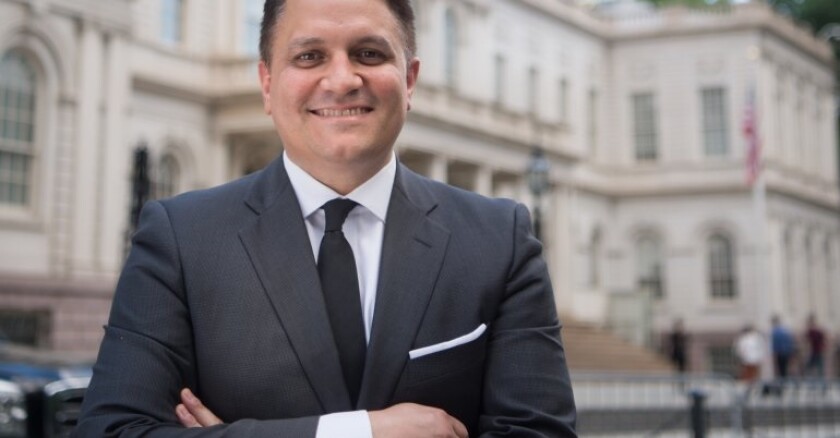Gamiño, however, has been steadily improving on the status quo, balancing immediate service needs with his long-term vision for how a robust digital infrastructure can materially improve the lives of residents. He gave me an example of what one person's experience in a truly smart city might look like:
"Image you're driving home, using your smartphone to chart your route. Right now, those apps typically optimize driving times using a relatively small amount of traffic data they collect, plus information from a few other sources. But what if your route optimization included information about your intention for when you arrive, as well as the conditions of your destination?"
Connected to the data streams of a truly smart city, your smartphone would let you know which meters would become available by your expected arrival time. If you wanted to park overnight, data feeds from the city would help you avoid a ticket by directing you to the side of the street that wasn't getting cleaned the next morning. "A truly connected experience," Gamiño added, "would provide you real-time information on the locations of city vehicles like garbage trucks that might obstruct your journey."
Per trip, an experience like the one Gamiño described could save minutes and dollars. In aggregate, technologies could work together to significantly reduce congestion in a city, as well as pollution from cars searching for parking or idling behind otherwise avoidable obstacles.
Continuing with the overnight-parking scenario, Gamiño added, "You pay your meter directly from your phone. The meter tells the overhead streetlight that you've arrived and it brightens while you gather your things from the trunk. You don't trip over the curb, and it dims again as you walk away."
Gamiño finished his example by describing an emergency scenario: "The trash can nearby is equipped with audio, and it hears breaking glass while you're away from your vehicle. The streetlight starts flashing and the police are notified. When they're on the scene, you get a text inviting you to come and check it out."
All of the technology in Gamiño's scenario already exists. Smart parking meters have popped up in cities around the country, mapping service providers are integrating more and more data feeds from cities, and listening technologies are helping police forces locate crime scenes faster than ever.
The greatest barriers that prevent our cities from getting smarter are mainly non-technical in nature: buy-in is hard-won, budgets are already stretched thin, and collaboration can be elusive. From Gamiño's vision, however, we see that every player has a part in the smart city, and the benefits from each technology are multiplied when they are networked with each other. Services that at first blush look like minor conveniences for some could -- upon being integrated into a larger system -- offer up a much better quality of life for many.









